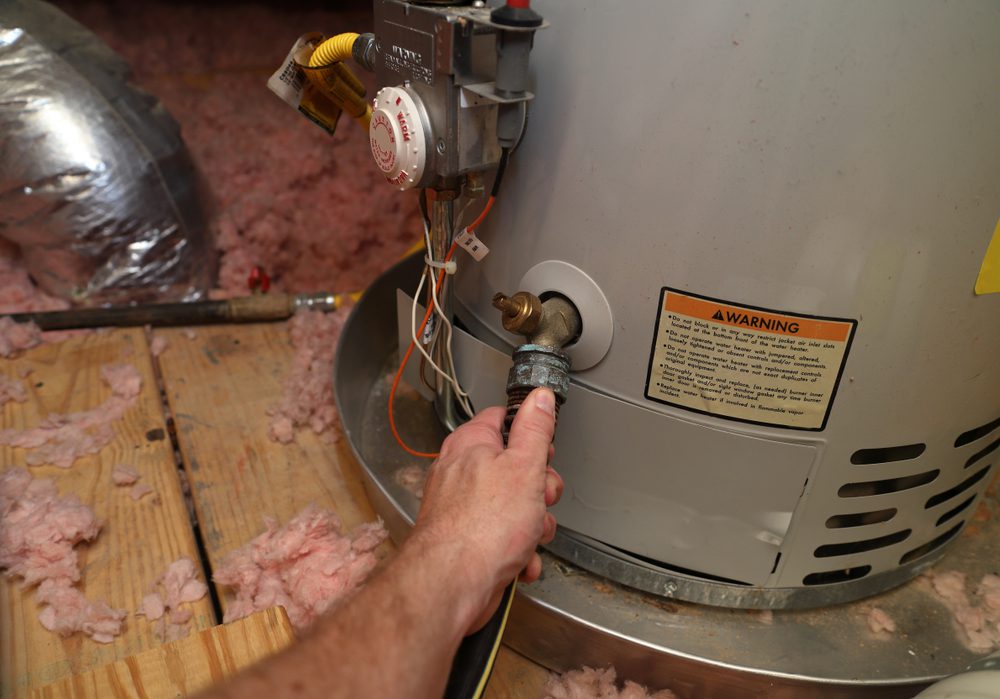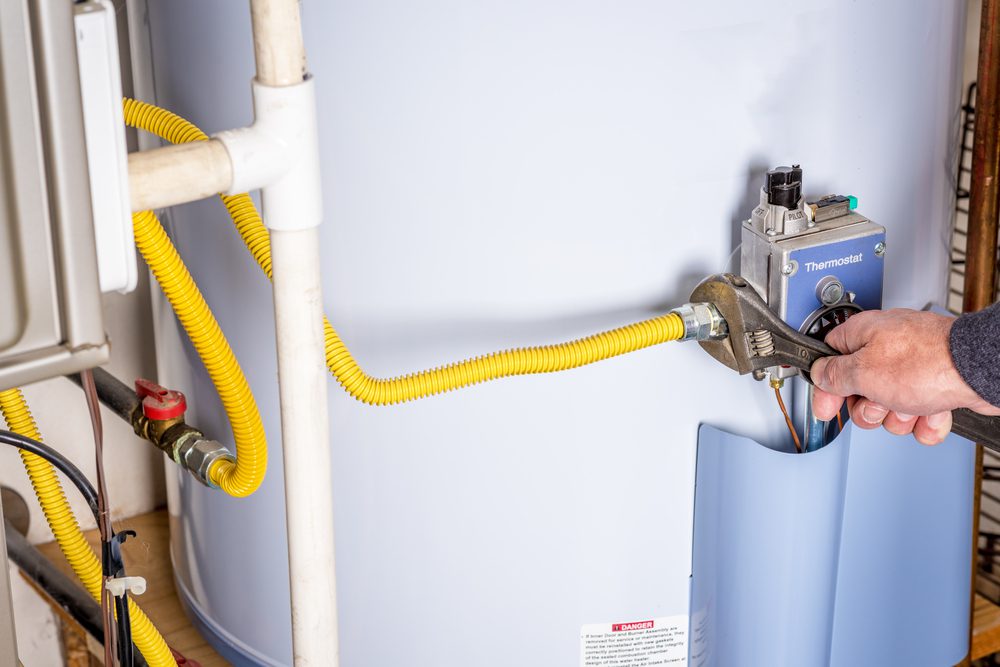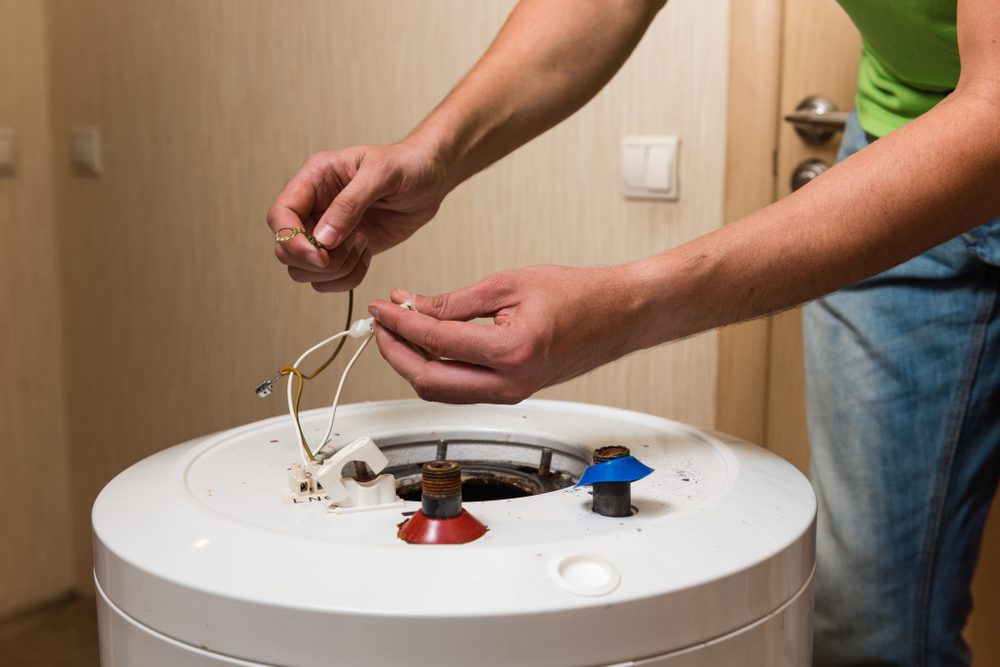
Steps to Drain a Water Heater
Draining a water heater helps flush out the sediment in your water, and will result in cleaner, clearer water. This part of maintaining your water heater is important to keep it running smoothly. Knowing the steps to drain a water heater is important so that you may do so effectively and safely. As always, consult the manufacturer’s directions and precautions for your water heater, as each heater has its own set of instructions.
1.) Turn Off The Water
The first step in draining a water heater is to deactivate the water supply. To find the main shutoff valve you can look in these places: inside the basement of your home, outside attached to a wall, or in an underground box with a lid. In colder climates, it will usually be inside, and in houses where the weather is warmer, it will be outside.
2.) Deactivate the Water Heater
First, for gas furnaces, turn the thermostat to the “pilot” setting; for electric furnaces, shut the power off at the breaker box. Next, turn off the water heater by turning off the wire heater’s circuit breaker. It has its own main electrical panel. Usually, turning off a water heater doesn’t cool it off immediately. It is best to wait overnight for the water to cool or be exercise caution when draining the hot water out of the heater.
 3.) Connect a Hose to the Drain Valve
3.) Connect a Hose to the Drain Valve
There is a drain valve near the bottom of the heater tank. Attach a hose—a standard water hose works—to the valve opening. Place the other end of the hose somewhere where the water can drain out safely, such as a floor drain or outside.
4.) Open Hot Water Tap
Next, open a hot water tap close to the water heater. It is best to open one on the floor above. This will help alleviate pressure in the water system and ensures quick drainage from the tank.
5.) Open the Drain Valves
Open the drain valves on your water heater to begin the draining process. The water will still most likely be hot, so take precautions. After the water has been drained, briefly turn on the cold water supply for the tank. This will help drain any remaining sediment. Continue this process until the draining water runs clear. Sometimes, sediment can block the opening of the drain valve and prevent water from flowing out. In cases such as these, it is best to call a professional to help you out.
Tips & Insights: What Are the Causes of Low Water Pressure in Homes?
6.) Close the Drain Valve and Restart the Water Heater
Once the water is running clear, close the drain valve. Unscrew the hose from the drain valve and turn on the cold water supply so the water heater will begin to fill again. Check the hot water tap that you opened earlier and once it begins to run cold water, turn it off. Turn your furnace back on by either reversing the pilot setting or turning on the electricity again at the breaker.
How Calcium Buildup Negatively Impacts a Water Heater
Calcium is a mineral that is often found in hard water. In 85% of American households, the water being used is hard water. This mineral-rich water leaves build up that then leads to water heater malfunctions.
The issue with calcium is that it does not stay in the water. As the water flows, calcium is left behind and begins to build up, causing what is known as calcium deposits. The high temperature in a water heater makes it even more likely that big amounts of calcium will be left behind. As the deposits build-up, it begins to cause malfunctions in a water heater. The calcium becomes so thick and tough that it prevents the metal in a water heater from transferring its heat to the water. This is what will lead to cold showers and inconsistent water heat.
 Plumbing & HVAC Services
Plumbing & HVAC Services
From calcium build-up to water draining and more, Snell is here to help you! With more than forty years in experience, we’ll get the job done professionally and effectively. If you have no hot water in your house, give our team of certified technicians a call to receive support. Our punctuality, licensed plumbers, and transparency are what make us the leading plumbing and HVAC company in Virginia. We are completely-client focused, so you can rest assured that your experience with us will be the best of the best. Give us a call today!
Tips & Insights: How to Replace a Broken Broken Water Heater Anode Rod

